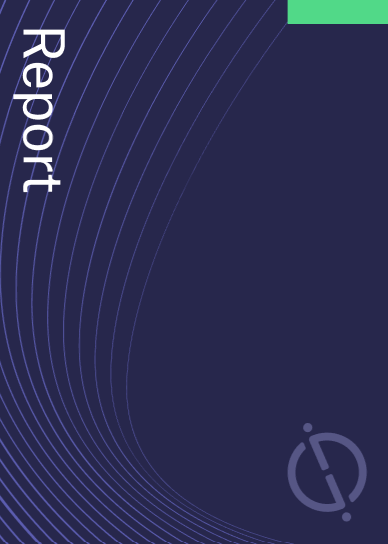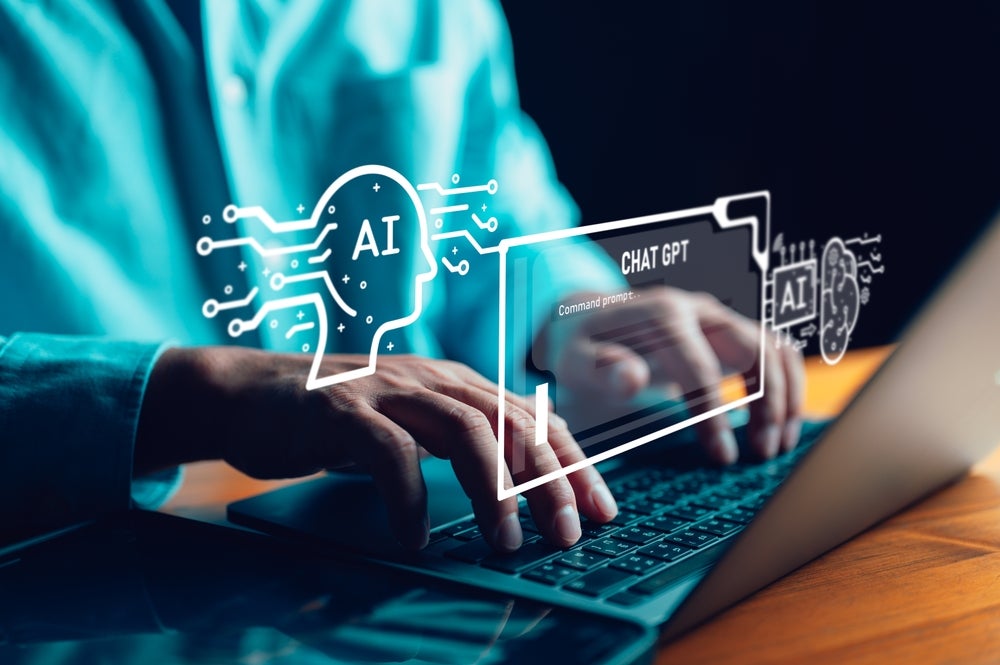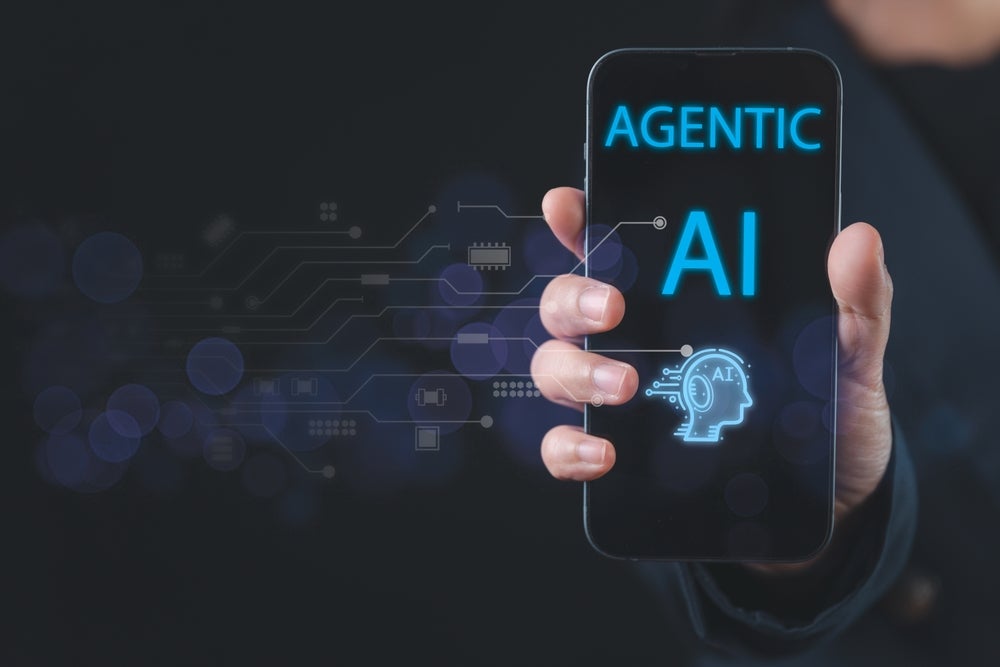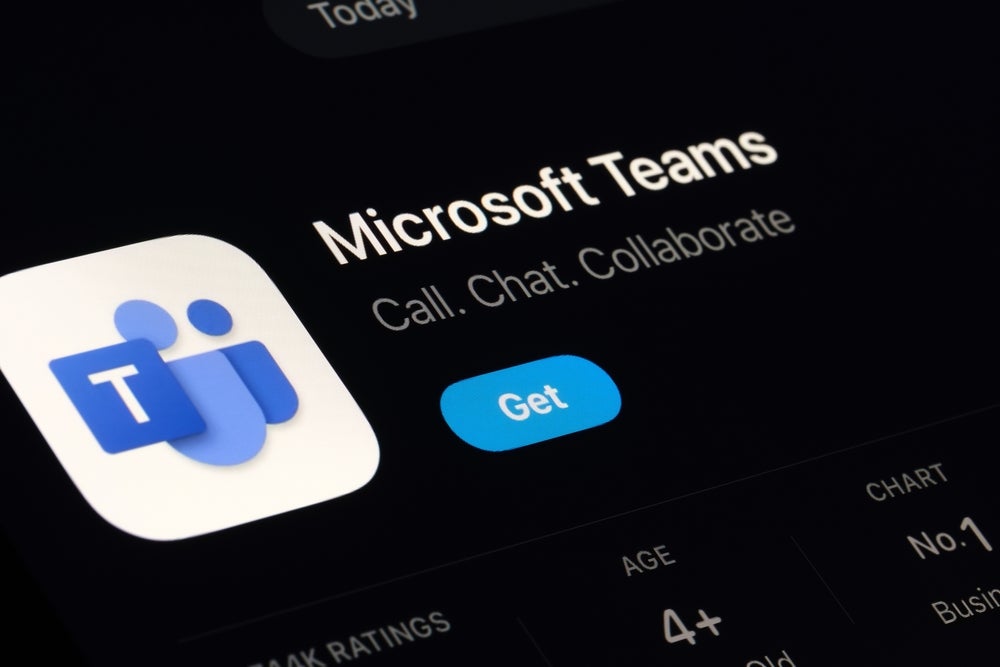The technology industry continues to be a hotbed of patent innovation. Activity is driven by the increasing demand for optimized and scalable software solutions, as well as the need for automated code generation to meet evolving technological requirements, and growing importance of technologies such as genetic algorithms for evolutionary code optimization, neural networks for pattern recognition, and deep learning for complex code synthesis. In the last three years alone, there have been over 1.5 million patents filed and granted in the technology industry, according to GlobalData’s report on Artificial intelligence in technology: GenAI for coding. Buy the report here.

Access deeper industry intelligence
Experience unmatched clarity with a single platform that combines unique data, AI, and human expertise.
However, not all innovations are equal and nor do they follow a constant upward trend. Instead, their evolution takes the form of an S-shaped curve that reflects their typical lifecycle from early emergence to accelerating adoption, before finally stabilizing and reaching maturity.
Identifying where a particular innovation is on this journey, especially those that are in the emerging and accelerating stages, is essential for understanding their current level of adoption and the likely future trajectory and impact they will have.
185+ innovations will shape the technology industry
According to GlobalData’s Technology Foresights, which plots the S-curve for the technology industry using innovation intensity models built on over 1.6 million patents, there are 185+ innovation areas that will shape the future of the industry.
Within the emerging innovation stage, quantum AI, GenAI for coding and emotion AI are disruptive technologies that are in the early stages of application and should be tracked closely. Biological computing models, defect detection models and circuit designing AI are some of the accelerating innovation areas, where adoption has been steadily increasing.
Innovation S-curve for artificial intelligence in the technology industry
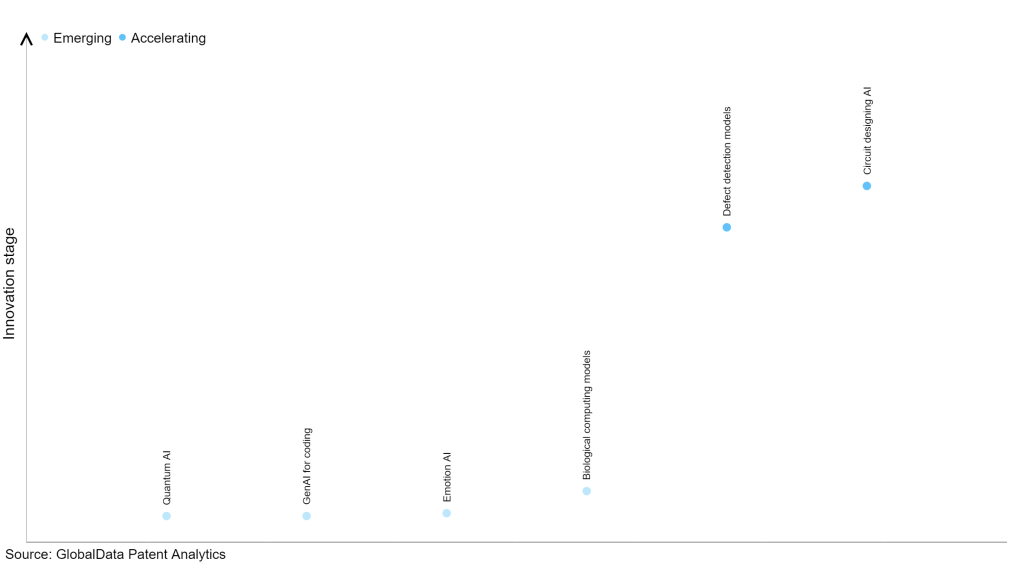
GenAI for coding is a key innovation area in artificial intelligence
AI-supported coding employs machine learning and various AI methodologies to aid in the coding process. This encompasses activities such as automatically refining and compiling source code, foreseeing memory access, and identifying irregularities in resource utilization. Additionally, it entails customizing software programs in real-time to suit specific users, thereby enhancing their interaction with the software.
GlobalData’s analysis also uncovers the companies at the forefront of each innovation area and assesses the potential reach and impact of their patenting activity across different applications and geographies. According to GlobalData, there are 330+ companies, spanning technology vendors, established technology companies, and up-and-coming start-ups engaged in the development and application of GenAI for coding.
Key players in GenAI for coding – a disruptive innovation in the technology industry
‘Application diversity’ measures the number of applications identified for each patent. It broadly splits companies into either ‘niche’ or ‘diversified’ innovators.
‘Geographic reach’ refers to the number of countries each patent is registered in. It reflects the breadth of geographic application intended, ranging from ‘global’ to ‘local’.
Among the companies innovating in GenAI for coding, International Business Machines (IBM) is one of the leading patents filers. The company’s patents are aimed at classifying an error in a computing system, an approach involving the computer first receiving notice of an error detected during a test in the system. It then retrieves multiple log files generated during the test and analyses data containing error categorizations. The computer subsequently classifies the error, considering the information gleaned from both the log files and the categorized error data. The other prominent patent filers in the space include Oracle and Microsoft.
In terms of application diversity, Cox Enterprises leads the pack, while People.ai and Intel stood in the second and third positions, respectively. By means of geographical reach, People.ai held the top position, followed by Aurora Labs and Abbott Laboratories.
GenAI for coding holds significant promise in automating and optimizing software development processes. By employing genetic algorithms and AI-driven techniques, it can generate efficient, tailored code structures, ultimately enhancing productivity and enabling the creation of more robust and scalable software applications.
To further understand the key themes and technologies disrupting the technology industry, access GlobalData’s latest thematic research report on Artificial Intelligence (AI).
Data Insights
From

The gold standard of business intelligence.
Blending expert knowledge with cutting-edge technology, GlobalData’s unrivalled proprietary data will enable you to decode what’s happening in your market. You can make better informed decisions and gain a future-proof advantage over your competitors.


